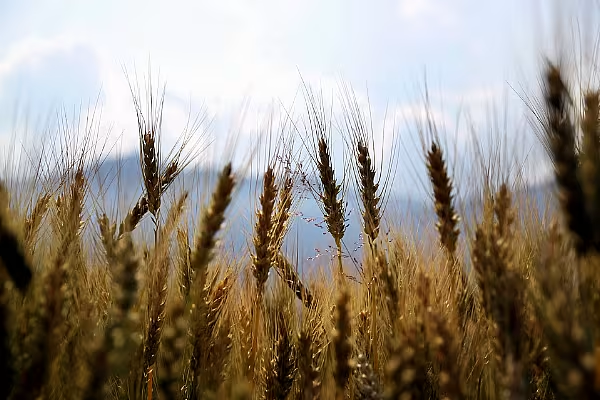The coronavirus has delayed the arrival of seasonal immigrants who normally help harvest U.S. wheat, leaving farmers to depend on high school students, school bus drivers, laid-off oilfield workers and others to run machines that bring in the crop.
As combines work their way north from the Southern Plains of Texas and Oklahoma, farmers and harvesting companies are having a hard time finding and keeping workers. Any delays in the harvest could send wheat prices higher and cause a scramble to secure supplies to make bread and pasta.
The United States is the world's No. 3 exporter of wheat, a crop in high demand during the pandemic. A sustained labor shortage could impact the soy and corn harvests that start in September.
Harvesting companies and farmers interviewed by Reuters said their new U.S. employees have required more training and quit at higher rates than usual, as the combines head north and begin to bring in other major export crops.
While grain harvests are more automated than the labor-intensive fruit and vegetable industries, they are not immune to labor shortages.
Immigrant Workforce
Farmers, who have been loyal supporters of U.S. President Donald Trump, have grown more reliant on immigrant labor in recent years. The Trump administration continues to issue agriculture visas while clamping down on tech workers, students and other groups.
Custom harvesters, or companies hired to gather crops by small-scale farmers who do not own their own equipment, also employ migrants. They roll up to a thousand combines across the U.S. Great Plains and Midwest at harvest time, handling about 30% of the U.S. wheat crop.
The harvest crews follow a trail that begins in south Texas and winds its way up the bread basket of the United States to the Canadian border.
The number of H-2A visas granted for agriculture equipment operators rose to 10,798 from October through March, the typical hiring period for harvesters looking for a labor force that starts cutting wheat in May. That was up 49% from a year earlier, according to the U.S. Labor Department.
But many of those workers were unable to make it to the United States by the time the harvesters set off on their annual trek, according to eight harvesting companies and farmers interviewed by Reuters. Travel restrictions, tighter border controls and virus fears around the globe led to delays in workers getting out of their home countries.
Income Impact
The hiring difficulties are another headache for farmers who are struggling to return to profitability after watching their net income fall by about 50% from the 2013 peak. Now, their earnings are once again in doubt as sales to China remain uncertain even after a Phase 1 trade deal.
So far, the winter wheat harvest was 41% complete as of Monday, in line with recent years. The spring wheat crop will be harvested starting in August.
News by Reuters, edited by ESM. Click subscribe to sign up to ESM: European Supermarket Magazine.














